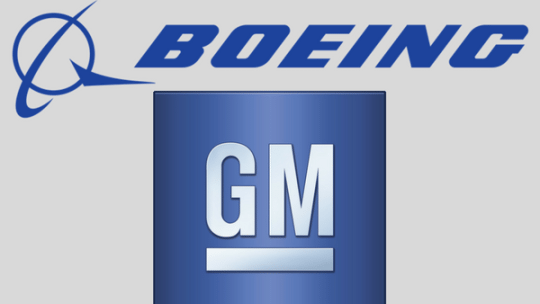
Though it’s essential for individual communicators to take steps to become proficient with data and analytics, it won’t do much good if the rest of your company isn’t on board. Brands that embrace metrics at all levels of the organization are in the best position for success. But how can you ensure that your entire company is on the same page in regard to measurement?
Whitney Drake, communications story bureau & analytics lead at General Motors, and Phil Musser, CCO and SVP of communications at Boeing, discussed this very topic and spoke about how their brands are incorporating insights from the top down at PR News’ recent Measurement Conference.
Here are some of Drake and Musser’s key tips for building an insights-driven brand culture:
Whitney Drake, Communications Story Bureau & Analytics Lead, General Motors

- A lot of times, we go out, we do a campaign, and then we measure it at the end and someone puts it on the shelf. We’re not taking actions from those learnings, either to inform the next campaign or we didn’t start with insights at the beginning of the campaign. What General Motors is trying to look at is how did those insights change how we go about doing something in the future.
- In our C-suite, they want a report and an alert. They don’t necessarily want access to [our common set of] tools. I think over time it’s changing with different levels of executives, but generally speaking, they’re very busy and they just need to know what they need to know and when they need to know it.
- One of the first things I did in the first seven months [in my role] was an audit of all the reporting that we did and the time that it took to do the reporting. And I’m now going, by function, through this and asking: What actions are you taking from these reports? And if you’re not taking actions, we’re going to stop doing them and we’re going to start doing other things that are more meaningful.
- Your C-suite wants to be thought leaders—there are the publications you believe you need to be in to hit your target audience with our four key messages. So we’ll measure—did we deliver on those publications and did we hit our four key messages? And then we’ll go back to the brand research and say, is it moving the needle in people’s perception of us.
- We ran focus groups for internal communications to understand how people want to get communicated with. Just make sure that you’re looking and listening to what your employees are saying and not just dumping a bunch of tools on them. Have some kind of training for them to get on board.
Phil Musser, CCO and SVP of Communications, Boeing

- I’ve got a culture at the very top that is really driving for a more insights-driven approach to communications, and I’m now in the process of flowing that down through a business culture that has been traditionally very risk-averse. I’m encouraging people to take smart risks, to not fear failure and to push boundaries and to try new things.
- We’re in the process of trying to streamline [our technology] into a common platform that can serve the entire enterprise so I can work off of one big dashboard that’s centralized and I know is giving me the best inputs from all the different parts of the company.
- My advice would be that you really need to try to have executive-level buy-in from the top; repetition, and building strategic alliances within large corporations that are metrics-based around a common set of metrics; and you’ve just got to work at it. You’ve got to work at building a culture that respects an approach to data and fact-gathering that helps them inform and make decisions that lead ultimately to wins.
- Make sure that communications has a role at the table as a strategy partner as opposed to an order-taker.
- If your executive is saying, “I want to be thought leader," lay out a calendar, a strategic framework and a plan that’s outcome-based. Let’s start with the outcome and where we want to be positioned relative to our industry, and then let’s work backward over a period of time and build out a plan. And then hold them accountable to the plan.
- Look at the internal platforms and collaboration tools on the marketplace that are available and that can work at scale. And reach people where they are, and make sure that you’re investing in tools that allow people to be reached quickly on mobile through text or on social.
